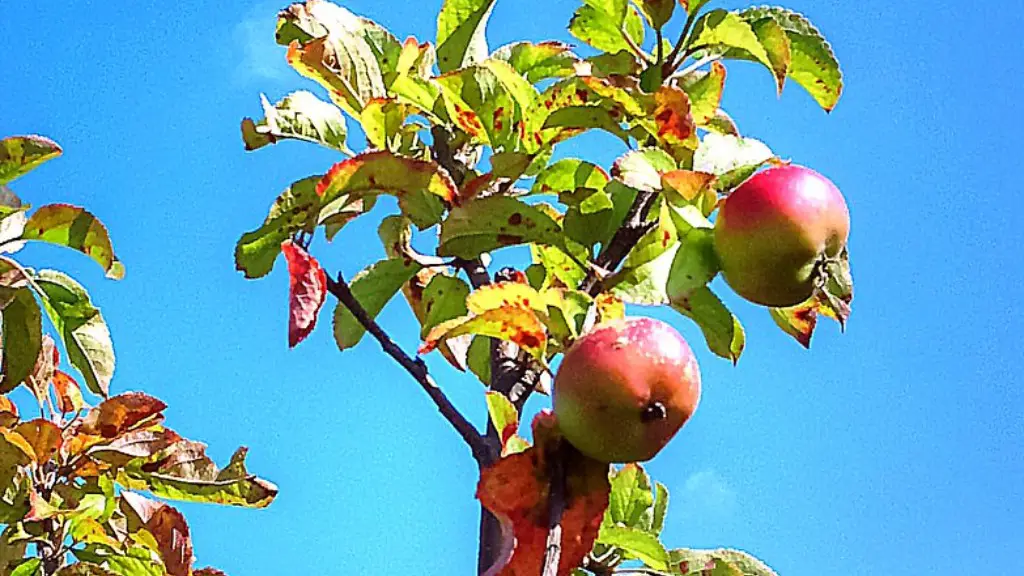Indoor palms are attractive, vibrant options for brightening up a room and making it more attractive. However, it is important to note that although palms thrive in warm, humid climates, they can take extra care when grown indoors. To keep your indoor palms looking fresh and healthy, they must be given the conditions they need to thrive, providing ample sunlight, water, and nutrients. Here are some tips on how to care for a palm tree indoors.
Picking the Right Location
When deciding where to place an indoor palm tree, the best spot to place it is an area that gets plenty of sunlight, usually in a south-facing window. Natural light is essential for the health and growth of your palm, so make sure to place it within a few feet of the light source. It is also important to avoid placing your palms in hot, dry areas like near your heating or cooling vents as this could cause them to dry out too quickly. Remember that although your palms need lots of light, it is important to avoid direct sunlight as this could burn the leaves.
Watering for Optimum Growth
It is important to note that palms need more water than other houseplants in order to thrive. Water regularly with cool water and avoid letting the soil dry out. While over-watering is a common mistake with indoor palms, it is better to err on the side of caution when it comes to watering. Additionally, if the leaves of your palm tree start to turn brown, that could be a sign that it is not getting enough water. A humidity tray may also be beneficial to help increase humidity levels in the air around your outdoor palm.
Fertilizing Indoor Palms
Fertilizing your indoor palms can help ensure that they have the key nutrients they need to stay healthy and vibrant. It is best to apply a diluted liquid fertilizer once a month during the spring and summer months. Be sure to check the instructions of your specific fertilizer to avoid overdoing it and harming your palm in the process. When fertilizing, make sure to pour it around the base of the plant and avoid getting it on the leaves.
Maintaining Proper Temperature
Maintaining the proper temperature for your palm is also essential to keeping it healthy. Be sure to keep the temperature at a comfortable level between 60 and 85 degrees Fahrenheit. Additionally, avoid placing your palm in extreme temperature changes or drafts as this could prove damaging to it. If your palm is in an area with a draft or too-frequent temperature changes, be sure to move it to a more accommodating space.
Trimming an Indoor Palm Tree
It is important to regularly prune your indoor palm to help maintain its shape and remove dead or damaged leaves. Trimming your palm can also help it retain more of its main nutrients as well as improve airflow. When trimming, be sure to make clean cuts using sharp, sterilized shears to avoid any Disease. Start cutting from the base of the frond, as this is the point when most of the nutrients are still available for the plant. Additionally, it is best to do this during the spring months.
Pest Control
Indoor palms are susceptible to many pests, such as mealybugs and scale. Be sure to regularly inspect your palms for any of the common pests. Fortunately, there are many effective methods to treat and prevent these pests. Treatment options range from chemical sprays to natural solutions like neem oil. Additionally, it is important to clean the leaves of your palms to help prevent and reduce any future pest issues.
Basic Indoor Palm Care Steps
Overall, taking care of an indoor palm is relatively simple if you are providing it with all the necessary nutrients, light, and temperature. Here are some easy steps that you can take to help keep your indoor palm in tip-top shape.
- Pick the best and brightest location for your palm
- Water your palm regularly with cool water
- Fertilize your indoor palm once a month with diluted liquid fertilizer
- Keep the temperature at a comfortable level between 60 and 85 degrees Fahrenheit
- Regularly trim and prune the leaves
- Be on the lookout for any pests or diseases
Disease Prevention
Indoor palms can also suffer from diseases such as root rot and fungal infections, both of which can be highly detrimental to the health of your plant. To prevent this from happening, it is important to always use clean and sterilized tools when pruning and repotting your palms. Additionally, avoid overwatering your palm and make sure the drainage holes in the pot are free of debris. If your palm does become infected, there are many treatments that can be used to help treat the issue.
Soil Choices and Repotting
When selecting a soil for your indoor palm, it is important to choose one that is able to hold moisture while still providing good drainage. Soil with lots of sand and perlite is typically recommended as it is able to retain moisture while providing good drainage. Additionally, it is important to repot your indoor palm every year or so. Be sure to use soil with the recommended drainage capacity and carefully remove your palm from the old pot and gently repot it in the new one.
Consistent Care for Long-Term Health
Overall, taking the necessary steps to properly care for an indoor palm can help ensure that it continues to stay looking vibrant and healthy for many years to come. However, it is important to note that taking care of a palm tree indoors takes a bit of work and consistency for it to thrive. By following these tips on how to care for an indoor palm, your plant will be sure to reach its peak health and vitality.


